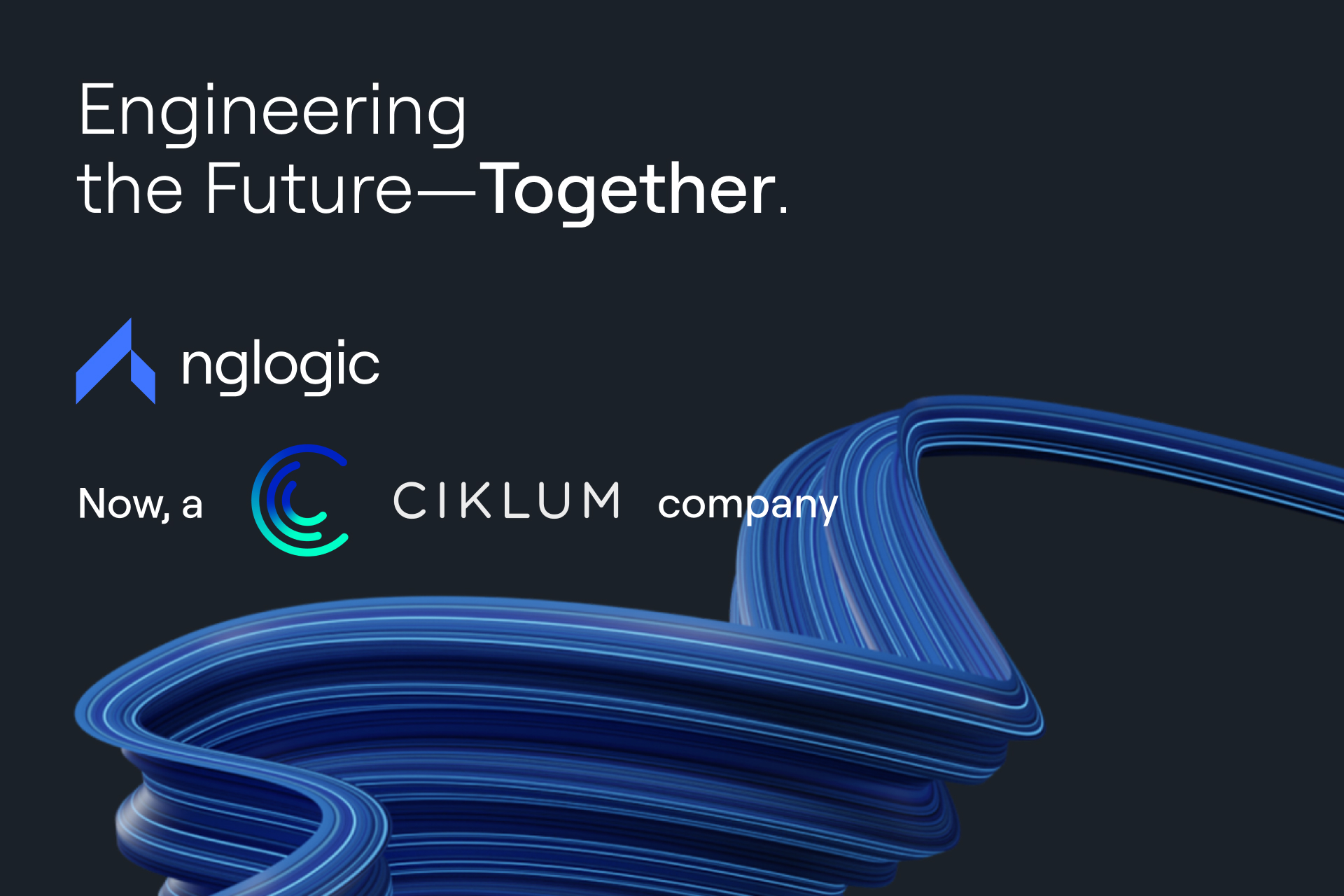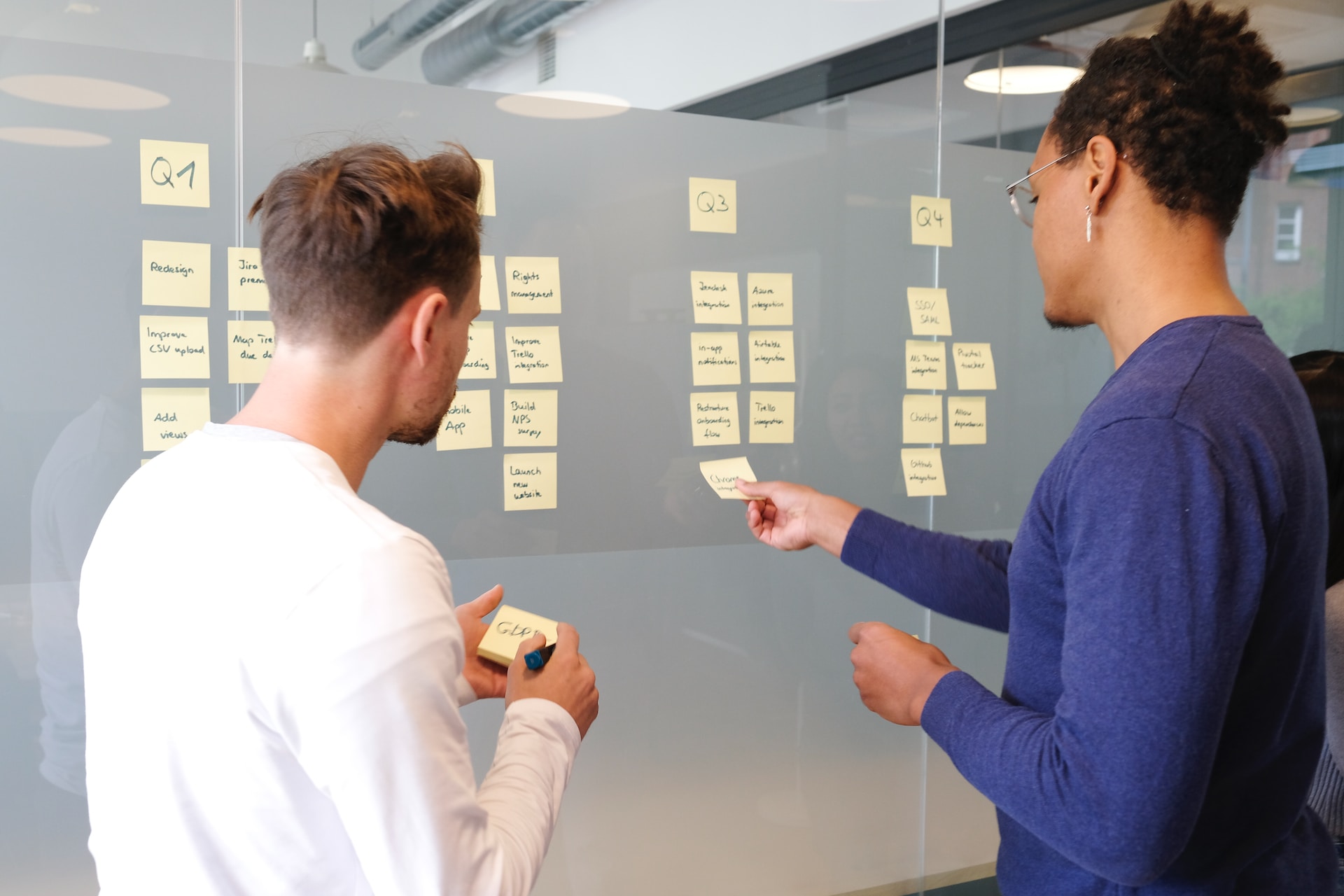Retail businesses have always been driven by data, whether it’s sales figures, inventory levels, or customer behavior. With the rise of predictive analytics, retailers have the ability to analyze large volumes of data to uncover data-driven insights and patterns that can help them make more informed decisions. Predictive analytics is a branch of advanced analytics that uses data, statistical algorithms, and machine learning techniques to identify the likelihood of future outcomes based on historical data. In the context of retail, predictive analytics can help businesses forecast demand, optimize pricing and promotions, identify high-value customers, and improve the overall customer experience. In this article, we will explore the fundamentals of predictive analytics for retail, the benefits it can provide, and some real-world applications in the industry.
Personalized shopping experience
In-store personalization is one of the most effective ways to improve customer service and experience. By using predictive analytics to gather relevant data on customer preferences and behavior, retailers can create personalized experiences that make customers feel valued and appreciated.
One example of in-store personalization is the use of personalized product recommendations. Retailers can use predictive analytics to analyze a customer’s purchase history and offer product recommendations based on their preferences. This can help customers discover new products that they may not have otherwise found, while also increasing the chances to boost sales.
In-store personalization can also extend to the physical store itself. Retailers can use data on customer preferences and behavior to create personalized store layouts and displays that are tailored to individual customers. For example, if a customer has a preference for a particular brand, retailers can use this information to ensure that the brand is prominently displayed in the store.
Predictive analytics retail industry
Predictive analytics is a process of analyzing data and predicting future outcomes based on historical data patterns. It involves the use of statistical algorithms, machine learning, and data mining to identify trends, patterns, and relationships in data. The role of predictive analytics in retail is to provide valuable insights into consumer behavior and preferences, which can help retailers make informed decisions about how to improve customer experience, optimize inventory, and increase revenue.
Applications of predictive analytics in Retail
Customer Segmentation and Targeting: Predictive analytics helps retailers to segment their customers based on their buying behavior, preferences, and demographics. This information can be used to create targeted marketing campaigns that are more likely to appeal to specific customer groups.
Sales Forecasting: Predictive analytics can help retailers forecast sales accurately, enabling them to make informed decisions about inventory management, staffing, and pricing.
Supply Chain Management: Predictive analytics helps retailers optimize their inventory by predicting demand, identifying slow-moving items, and determining when to restock items.
Pricing Optimization: Predictive analytics helps retailers to set prices based on customer behavior, demand, and competitive pricing.
Personalized Marketing and Recommendations: Predictive analytics helps retailers to provide personalized recommendations and promotions to customers based on their buying behavior and preferences.
Challenges and limitations of retail analytics
One of the main challenges of predictive analytics in retail is the availability and quality of data. Retailers must ensure that the data they use is accurate, relevant, and up-to-date. Staffing and training are also essential factors to consider, as retailers need skilled professionals to analyze and interpret the data. Legal and ethical issues, such as data privacy and security, are also critical concerns when implementing predictive analytics in retail. At the end of the day, balancing automation with human intuition is crucial, as retailers must ensure that they do not rely solely on predictive analytics and neglect the importance of human intuition.
Build predictive models
The process of predictive retail analytics typically involves the following steps:
Data Collection: The first step in predictive analytics is to collect and prepare data for analysis. This may involve gathering data from various sources, cleaning and formatting the data collected, and identifying any missing or incomplete data.
Data Exploration: The next step is to explore the data to identify any patterns or trends that may be relevant to the problem being analyzed. This may involve visualizing the data, calculating summary statistics, and identifying correlations between different variables.
Data Preparation: Once the relevant patterns and trends have been identified, the data is then prepared for modeling. This may involve selecting relevant variables, transforming variables, and splitting the data into training and testing sets.
Model Building: The next step is to build a predictive model using machine learning algorithms such as regression, decision trees, or neural networks. This involves training the model on the training data and evaluating its performance on the testing data.
Model Evaluation: The performance of the model is then evaluated using a range of metrics such as accuracy, precision, recall, and F1 score. The model may be refined or adjusted based on the evaluation results.
Model Deployment: Once the model has been developed and evaluated, it can then be deployed into production. This may involve integrating the model into an existing system or developing a new application to utilize the model’s predictions.
It is worth noting that predictive analytics is not a one-time process. As new relevant data becomes available and business conditions change, the model may need to be updated and refined to ensure that it continues to provide accurate predictions. Additionally, predictive analytics is not a silver bullet and has limitations and potential biases that must be considered when interpreting the results.
How Amazon uses retail analytics
Amazon is a retail business company that heavily relies on data analytics to make strategic decisions and improve customer experiences. Some of the ways that Amazon uses data analytics include:
Personalization: Amazon uses customer data to personalize product recommendations, search results, and marketing messages. By analyzing customer behavior, such as browsing and purchase history, Amazon can make personalized product recommendations and offer customized shopping experiences.
Supply chain optimization: Amazon uses data analytics to optimize its supply chain operations, such as predicting demand for certain products, optimizing inventory levels, and forecasting delivery times. This allows Amazon to reduce costs and improve efficiency in its fulfillment centers and logistics operations.
Price optimization: Amazon uses data analytics to optimize its pricing strategies, such as using dynamic pricing to adjust prices in real-time based on supply and demand. This allows Amazon to offer competitive prices while still maximizing profitability.
Fraud detection: Amazon uses data analytics to detect and prevent fraud on its platform, such as analyzing customer behavior to identify fraudulent transactions and fake reviews.
Alexa and voice search: Amazon uses data analytics to improve the accuracy and effectiveness of its voice assistant, Alexa. By analyzing user interactions with Alexa, Amazon can improve the natural language processing algorithms and provide more accurate responses to user queries.
What you need to get started using predictive analytics in the retail industry
Getting started with retail analytics can be intimidating, especially if you are unfamiliar with the technology and how predictive analytics techniques are involved. Here are some things you need to get started using predictive analytics:
Data: The foundation of predictive analytics is data. You need a large amount of historical data to train your predictive model. The data needs to be clean, accurate, and relevant to the problem you are trying to solve. If you don’t have enough data, you may need to collect more or find ways to supplement it.
Predictive analytics software tools: There are many tools available for predictive analytics, ranging from open-source software to commercial platforms. Some popular open-source tools include R and Python, while commercial platforms include SAS and IBM SPSS. You will need to choose a tool that fits your needs and budget.
Skills: To use predictive analytics, you will need some skills in statistics, machine learning, and programming. You don’t need to be an expert in these areas, but you should have a basic understanding of the concepts involved. You may also need to learn how to use the specific tool you have chosen.
Goals: Before you start using predictive analytics, you need to have a clear understanding of your goals. What problem are you trying to solve? What outcome do you want to achieve? Having a clear understanding of your goals will help you choose the right data, tools, and techniques for your project.
Team: Predictive analytics is often a team effort. You may need to work with data scientists, business analysts, and domain experts to gather data, build models, and interpret results. Building a strong team with the right skills and experience is essential for success.














 +1 (888)
413 3806
+1 (888)
413 3806